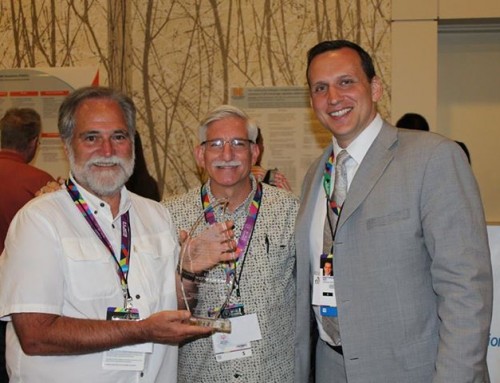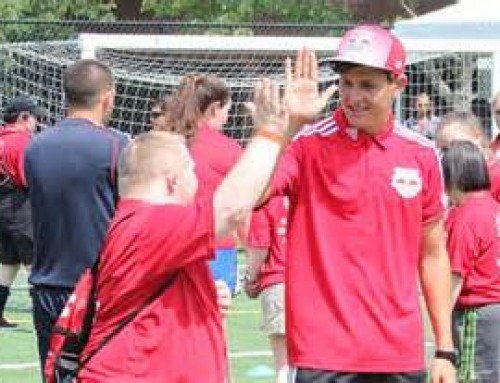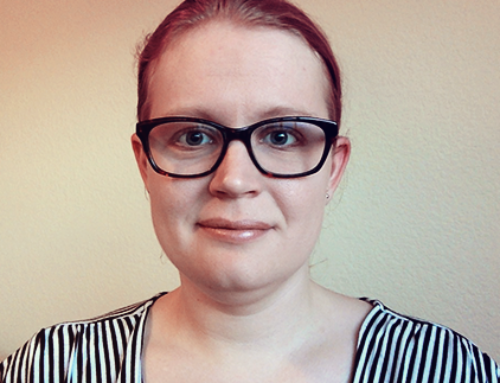A few years ago, my foundation made a high-risk grant that was far from “business-as-usual.” To convince and engage board members who only felt comfortable with the direct service grants making up most of our portfolio, I used landscape scanning to educate them—and myself!—about the potential of funding a software development effort that had the long-range potential to serve thousands of job-seekers with disabilities while also leveraging other foundation and government funding.
The grant also gave us the rare opportunity to demonstrate the agility of a small foundation to initiate improvements in a federal program that the government found it difficult to do itself because of bureaucratic limitations.
The Project and the Challenge
SmartWorks is a web-based client administration system that helps job-placement programs find employment for Social Security beneficiaries with disabilities. The goal—supporting nonprofits that help people with significant disabilities move from poverty and dependence on benefits to productive work and independence—fit our program guidelines perfectly. However, SmartWorks was connected to a government program, the Ticket to Work (TTW) Program, that was not only complicated but had a mixed history of success.
TTW provides payments from the Social Security Administration (SSA) to placement agencies that contract with SSA to serve beneficiaries; the agencies receive these payments when beneficiaries achieve employment milestones. However, TTW didn’t always work well. Because of cumbersome administrative requirements, placement agencies experienced frustration working with the system. That’s where SmartWorks came in, enabling agencies to easily conduct administrative tasks that previously hindered them from their goal of job placement.
When the SmartWorks proposal came across my desk, I had some general knowledge about TTW through another affinity group, the Disability Funders Network. To make a proper case to my board, however, I had to learn more about TTW and the need for a system like SmartWorks. I read up on TTW, and I talked to my grantees and others in the field. But I still had the problem of explaining it all to my board.
The explanation became clear while I was doing my taxes and realized that the difference between what a placement agency does to fulfill TTW’s administrative requirements with and without SmartWorks was like submitting taxes with and without tax-preparation software. The phrase, “SmartWorks is the Turbo-Tax® of the Ticket to Work business,” was the clincher that convinced my board.
It is this type of leverage that I would like to employ in our efforts to influence the health care arena. In order to see system-wide change, we will have to be strategic in our funding, targeting our limited resources for maximum impact. In my next post, I will talk about the impact of our grant on job placement agencies in 10 states and a government program—an impact that will ultimately affect thousands of people with disabilities.






